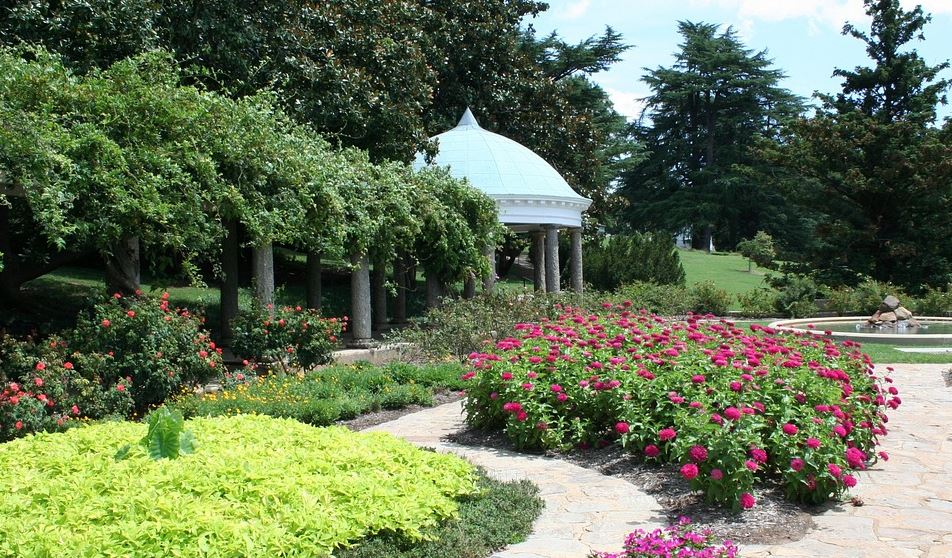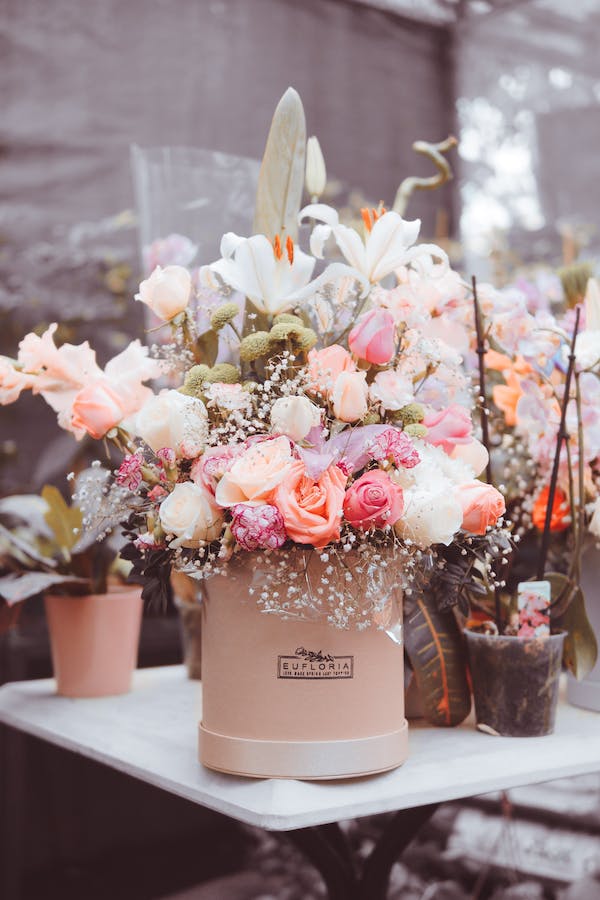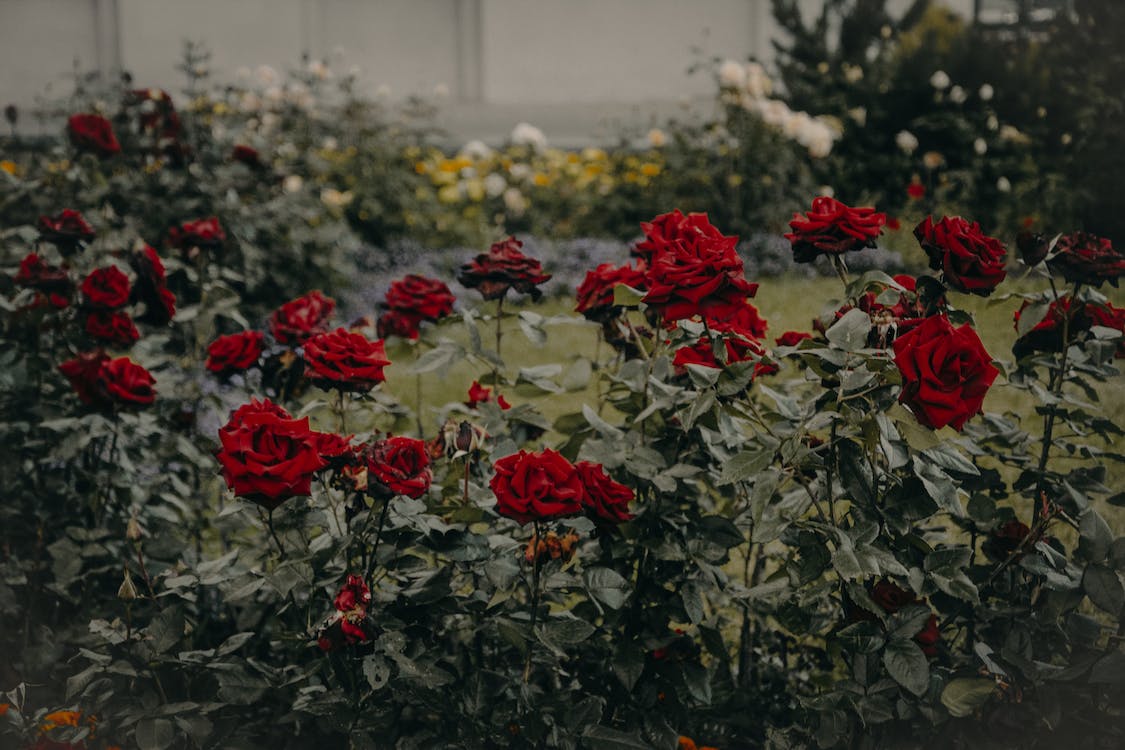Flowers are one of life’s most straightforward pleasures; they exemplify beauty in its most simple, unadulterated form. There is nothing quite like the aroma of a bouquet of fragrant flowers, the myriad of colors that can be found in a field of wildflowers, or the sight of a vase of flowers to add a splash of color to your living room. Even if it means going to great lengths, people will travel to see seasonal flowers in full bloom, such as the cherry blossoms in Japan or the tulips in the Netherlands.
When it comes to designing a flower bed, you have an almost infinite number of options and ways to go about it. A lot of the details will vary depending on the space you have available to work with as well as your own unique preferences.
In order to ensure that your flower bed has the most visually appealing appearance possible, here are some guidelines to follow when planning and planting:
- Choose a color scheme for your flower garden and choose perennials and annuals that bloom in that palette. The foliage contributes significantly to the texture and general appearance of flowering plants.
- Organize the garden’s plants by height. Combine tall and short flowers with consideration for their respective light requirements. Place tall plants so that their shadows shield shorter plants that like partial sun or shade, or maintain tall plants along a border or in the back of the garden, where their shadows are irrelevant.
- By planting flowers with light or dark foliage, you can deceive the eye. Combining dark and light foliage gives a backdrop texture that improves the flowers’ look.
- Organize flower beds inside a bigger garden with adequate pathway space between them, particularly for a cutting garden. Additionally, you will need space to weed, water, and deadhead without harming nearby plants. Low-growing borders enclosing each flower bed and the entire flower garden help to anchor taller flowers and harmonize the flower garden and its surroundings.
- Create an arrangement of aromatic flowers adjacent to a porch, patio, or open window so you can enjoy the perfume as you unwind.
- Include container plants to diversify your garden palette. As the flowers in your containers wilt, you can replace them with new containers and blossoming plants. It is possible to divert attention to different sections of the yard by relocating bright flower pots. Use retaining walls, tables, tree stumps, or posts as pedestals to display blooming plant containers of varying heights to provide visual interest.
Options for Flower Bed Designs
If you want to speak with nature in the simplest way possible, you must pay close attention to the process of arranging the flower beds in your yard. When designing flower beds, you should consider the following key factors:
- the degree of development of the plants, particularly roses and low-growing crops;
- the period of growth and blossoming;
- illumination needs for suburban areas;
- the height of each element.
1.Unrestricted Form
Since unlimited form lacks fixed bounds and patterns, it appears as natural as possible. Frost-resistant perennials should be planted whenever possible. The best approach for planting perennials is in small groupings, and the greatest location for a flower bed in a yard is in front of the house.
2. The raised flower bed with multiple tiers
This method to flower bed design is ideal if you want your yard to have an attractive appearance from any vantage point, including the front of the home and the path. The multi-level flower bed permits the reunification of diverse flower beds.
3. The single-flower bed
This is the “golden” alternative between pricey and inexpensive options for decorating a private home with handmade flowers. Only specific kind of flowers are required to produce this style of flower bed. As an illustration, there are numerous types of roses and chrysanthemums.
4. The vertical planter
This flower bed can be utilized to embellish the walls of a private residence. Vertical flower beds may be placed near screens, walls, three-dimensional objects, etc. To create a vertical flower bed, you must plant flowers in pots that are attached to the frame.
5. The Arabesque
This sort of flower bed will appeal to individuals who like unconventional design. As it is created in the form of insects, animals, etc., this sort of design offers strong, vibrant landscape solutions.
6. The standard flower bed
It is the vibrant floral garden that has the shape of a precise geometric figure. This design kind is symmetrical. The central concept of this flower bed is the simultaneous flowering of all species. Consequently, such flower bed designs are uncommon, particularly if you intend to use roses.
How do you select the dominant flower in the flower bed?
Regardless of the type of flower bed in front of the private residence, we would encourage you to give careful consideration to the selection of the color palette, or the choice of the flower bed’s dominant hue and its complementary “ensemble.” To resolve this issue, simply follow these instructions:
- Create a detailed landscape design of the flower bed on a piece of paper.
- Divide it into sections and paint each section with colored pencils.
- Evaluate the degree to which the colors you’ve selected blend with one another and compliment the color ensemble of the scheme;
- You must follow the rules when completing this piece of work. Use the contrast tones to accentuate the specific design while smooth strokes will calm the sight of the eye to complete the full-fledged floral arrangement. A combination of green, purple, and dark blue tone is the chilly shades for the creation common background.
To sum it up
In most cases, we grow flowers in our garden because we enjoy doing it, because we want it to have a nice appearance, or just because we adore flowers. It’s possible that some people believe that cultivating flowers on our productive land or space is nothing more than a pointless diversion. In addition to all of these preconceived notions and false beliefs, there are many more, more substantial reasons why we ought to keep flowers in our yard. Surprisingly, they can also serve as weed controllers, pest controllers, ground covers, fertilizers, and the list goes on. They are beneficial to our garden, but they are also advantageous to us in many other ways.




